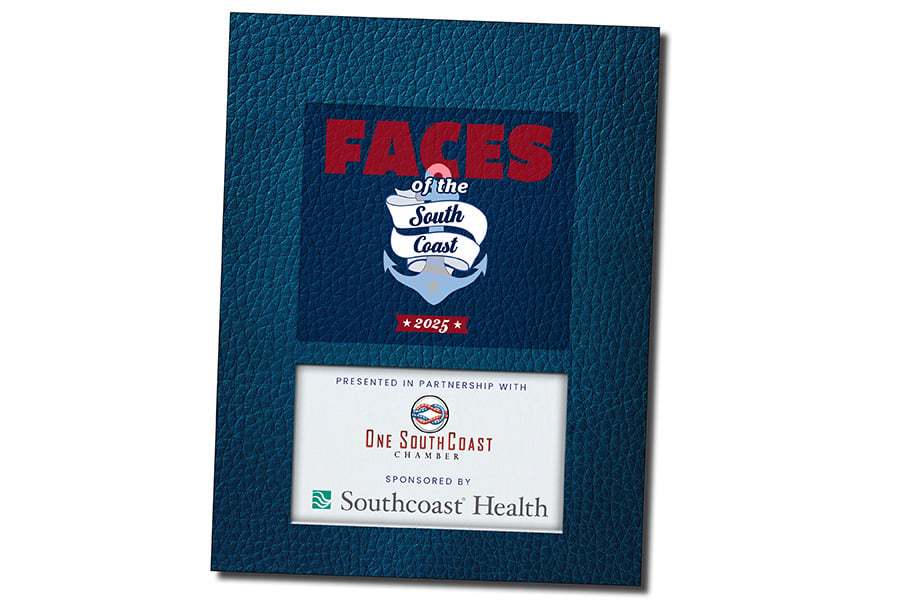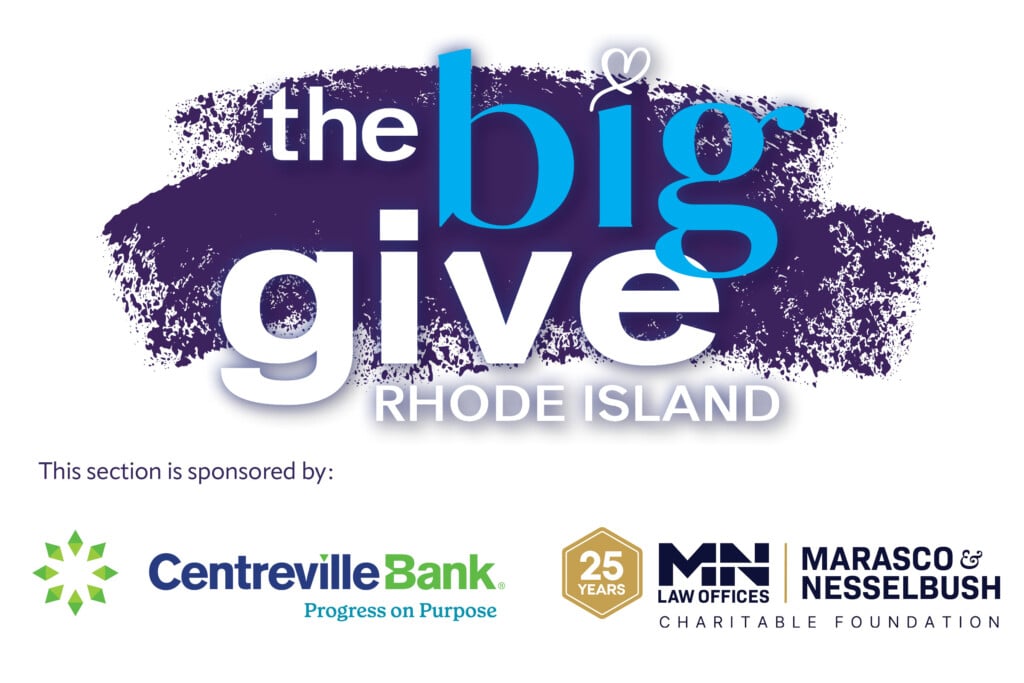Before the Ink is Dry
New to tattoos? Check out these tips for getting tagged for the first time.
-
Do Your Research
Are you of age? Do you have any allergies and/or are you on any medications that could interfere? What type of tattoo style do you prefer? Is the tattoo you’re considering even possible? “Do your research on the limitations of the craft so that you don’t have unrealistic expectations” says Jen Guerin of Anchor Steam. “There’s a lot of things on Pinterest that are AI-generated.”
-
Shop Around
Checking out different shops’ social media profiles and website portfolios can be enlightening. Many artists have their own style and specializations, and some may be better suited for what you have in mind than others. Another pro tip: see if you can find examples of their clients’ healed tattoos. Fresh ink almost always appears great, but later photos will reveal if their work can stand the test of time. Likewise, “If you see someone on the street and you like their tattoo, ask them about where they got it and about their experience,” Guerin suggests.
-
Budget it Out
When it comes to permanently marking your body, this is probably not the time to be stingy. Most seasoned artists will have a set price-per hour, and even the tiniest or simplest of tattoos start at a minimum ($75–100) in most shops. That being said, you can sometimes find cheaper routes by waiting for flash sales or booking with an apprentice who is looking to practice.
-
Consider Placement
Do you want your ink always on display or would you like the option to cover it sometimes? Are you in a field where future employers may have an issue with visible tattoos? Do you want more tattoos eventually? Your bicep, for instance, is considered prime real estate – are you sure you want that random line smack dab in the middle if a full sleeve is in your future? How do you feel about touch ups? A finger tattoo is likely to fall out due to the smoother skin, so if you want it to stick around, plan for frequent touch up sessions for the rest of your life.
-
Know Your Pain Tolerance
“It helps if you mentally anticipate the pain,” says DeMarcus “Danny” Shelborne of Body Canvas in Providence. Don’t go in thinking it will feel like a tickle. As for where on the body is the most painful, it’s different strokes for different folks. “For some, it’s the inside meridians of arms and legs,” says Guertin. “Or someone with really ripped arms may be more sensitive than someone who is a little fleshier.”
-
Speak Up
“I think sometimes people jump into things that they don’t feel totally comfortable with,” Guerin says. “Make sure you feel comfortable [with your artist] and don’t be afraid to offend anyone with your opinion. We see a lot of people who come in for a cover up and they say, ‘Well, I didn’t really want this but…’. They felt they were stuck with the [stencil] design or placement. If you feel like your artist is not on the same page, you don’t have to follow through. You’re never stuck [with a tattoo] until it’s on you.”
-
Prep Ahead
Shaving the intended area ahead of time allows for a smooth, clean canvas and helps prevent irritation, while moisturizing can likewise improve ink application and healing, according to Shelborne. Also, plan for a solid night of sleep before your session. “Clients tend to get more irritated when their battery is less charged,” he adds. Meanwhile, being well-hydrated and fed are especially important for a longer session. “Fueling your body is a must. Most people don’t know that a tattoo causes your body to burn a lot of energy and calories,” says Shelborne. He also suggests taking a snack break in the middle to avoid any fast drops in blood sugar that could cause you to feel faint.
-
Come Sober
This should be a no brainer, but alcohol and drugs don’t mix well with big decisions. In fact, many artists will refuse service if you’re sloshed on the sauce — consent is important! Plus, alcohol thins blood, so it would only make you bleed more during a session and affect the overall quality of the tattoo.
-
Listen to the Experts
Aftercare instructions, including how long to keep the post-wrap on, which products to use or stay away from, and so on, may vary from shop to shop. Shelborne suggests following what your specific artist tells you. “Hopefully overtime they have discovered the healing methods that work best for their style,” he explains. Don’t hesitate to ask questions or to follow up after your appointment if you have any concerns.
-
Avoid the Beach
Tattoos are essentially open wounds, so sun exposure can cause fading, color distortion and even scarring during the initial healing process. Meanwhile, submerging a new tattoo in any water source can introduce bacteria and increase the risk of infection. Wait to book that vacation or sauna retreat for at least two to four weeks out.
-
Remember Post-Tattoo Anxiety is Normal
Common, even, so give it some time! Like with any big change, there will likely be an adjustment period as you get used to your new ink. Also know that it’s okay if you need to go back for a touch up or two — everyone’s skin takes differently, and most artists want to make sure you are happy with the result.





























